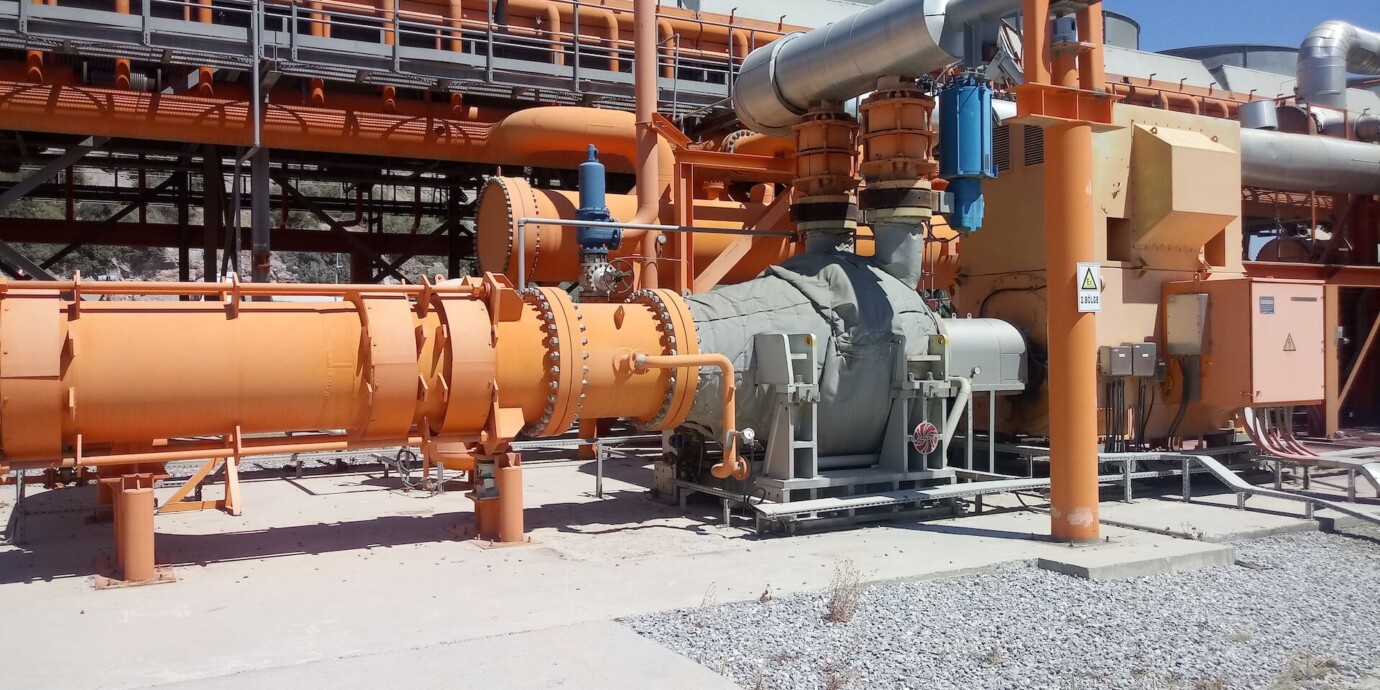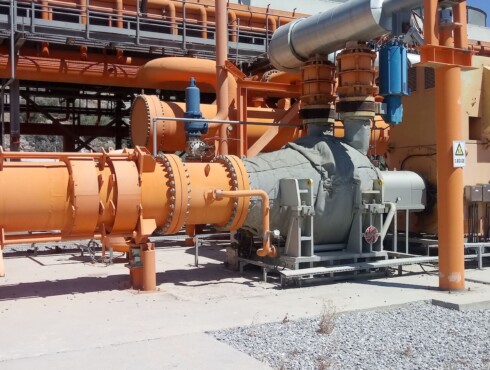
Geothermal energy
Geothermal energy, from the Greek geo (earth) and thermos (heat), refers to humans' use of the Earth's heat. Our ancestors first harnessed this heat nearly 20,000 years ago, for hot baths. Use of this energy source has developed significantly since that time, including generating power for electricity networks and supplying urban heat networks. In 2018, some 94 TWh of geothermal electric power were generated in 29 countries. Following on from biomass and solar power, Albioma is now developing a new business line, with the 2021 acquisition of the Gümüşköy geothermal power plant in Turkey.
29
geothermal electricity producing countries
284
TWh
of geothermal heat energy supplied in 2018
94
TWh
of geothermal electricity generated in 2018
Converting underground heat to power
Geothermal engineering consists in extracting stored heat from below the Earth’s surface to generate electricity. At 10 m below the surface, the ground temperature is approximately 15°C. At greater depths, the temperature increases by 3 to 4°C every 100 m; in volcanic regions, this temperature gradient may be as steep as 10°C per 100 m. It is no coincidence that the leading geothermal electricity producing countries (e.g. Indonesia, the Philippines, Turkey, etc.) are located near tectonic plates.
How does a geothermal power plant work?
Geothermal power plants are built near underground reservoirs from which heat can be recovered. These reservoirs contain hot liquid (known as brine) at a temperature between 150 and 350°C. A production well is drilled into the ground, allowing brine to be pumped to the surface. The brine then passes through a heat exchanger, where it releases heat to a transfer fluid (such as butane) that vaporises at low temperature. The brine is then reinjected into the ground through another shaft, known as an injection well. The heat-transfer fluid vaporises and heats up, generating pressure that can be harnessed to drive a turbine connected to a generator.
Steam exiting the turbine is cooled in a condenser. On reverting to its liquid state, the heat-transfer fluid resumes its cycle and can be reused in the heat exchanger.
Geothermal energy is constantly available and renewable, making it an excellent choice for accelerating the energy transition.

There are three categories of geothermal energy:
- Very low temperature geothermal energy (below 30°C): a heat pump is used to extract geothermal and solar heat stored between 10 and 100 m below the surface;
- Low- to medium-temperature geothermal energy (between 30 and 150°C): used to recover heat to supply urban heat networks;
- High-temperature deep-lying geothermal energy (above 150°C): used to generate electricity, as at the Albioma power plant.
